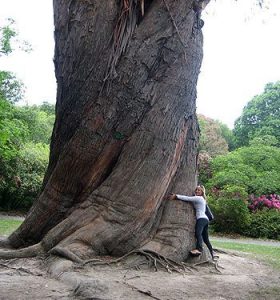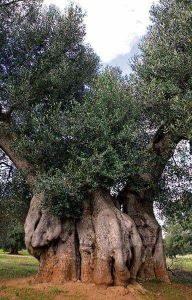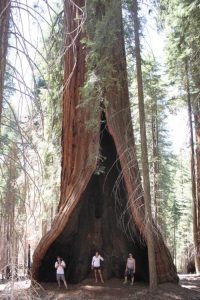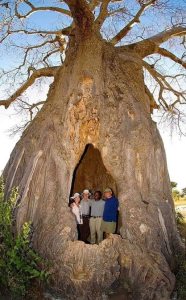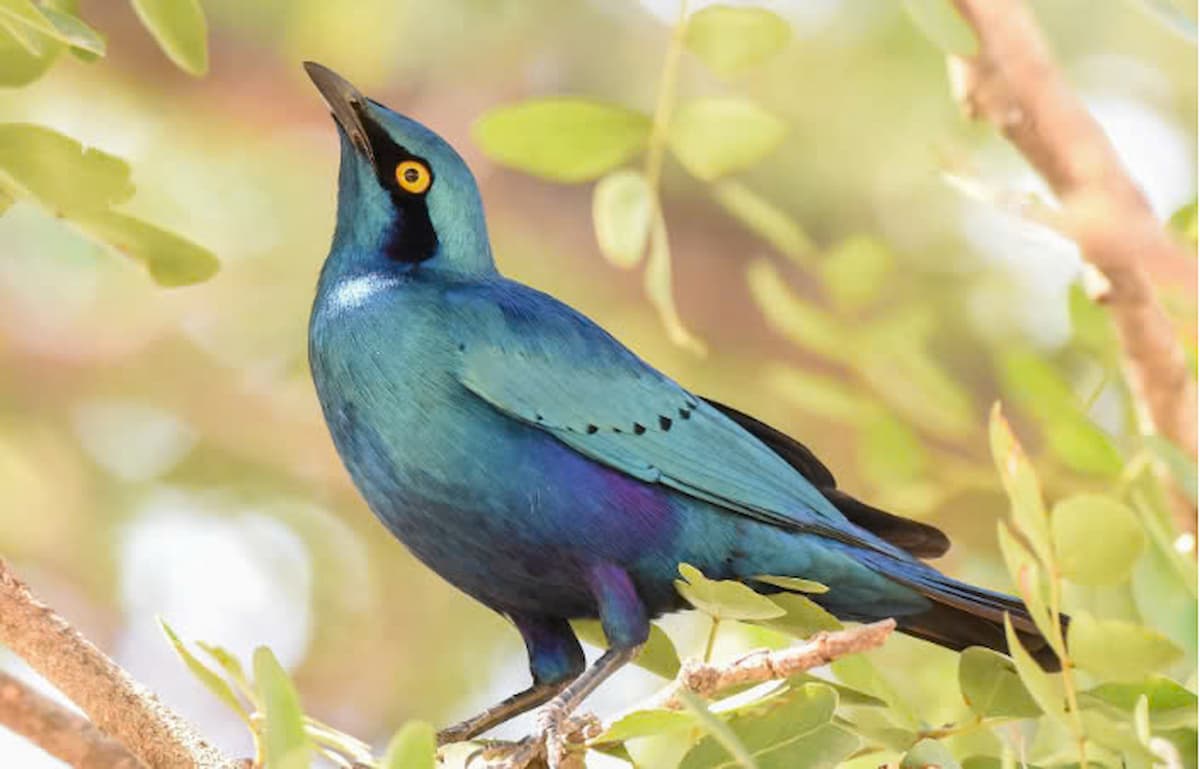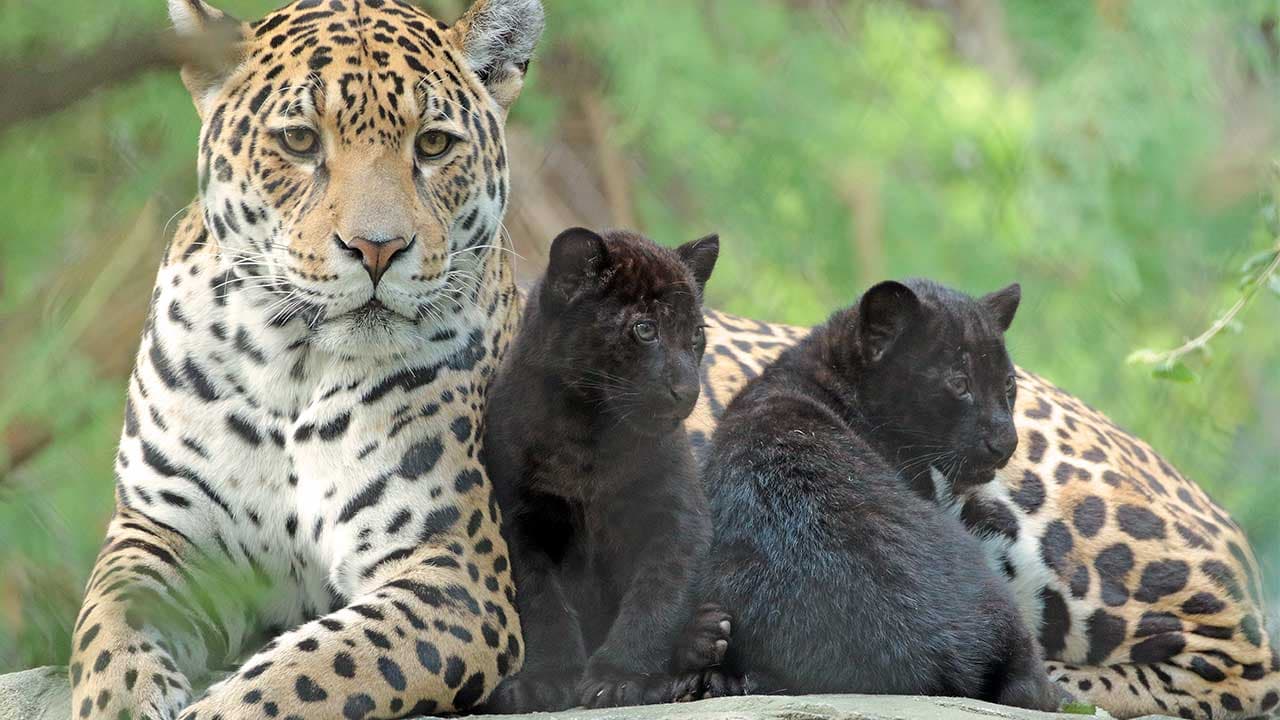Ancient trees, also known as “cổ thụ” in Vietnamese, hold a profound and enduring presence on Earth. These venerable giants have stood the test of time, witnessing the ebb and flow of centuries. The reasons behind their long and enduring existence are rooted in a combination of biological resilience, environmental adaptation, and the intricate dance between these majestic beings and the world they inhabit.
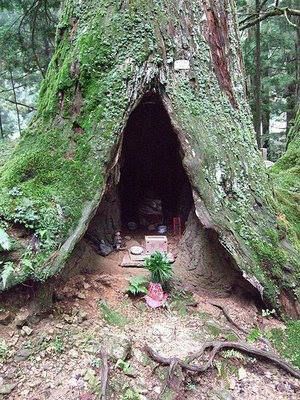
1. Biological Resilience:
Ancient trees have evolved over millennia, developing remarkable biological adaptations that contribute to their longevity. From robust root systems that anchor them firmly to the ground to efficient water and nutrient uptake mechanisms, these trees have honed their survival skills. Natural selection has favored traits that enhance their ability to resist diseases, pests, and adverse environmental conditions, ensuring their sustained existence.
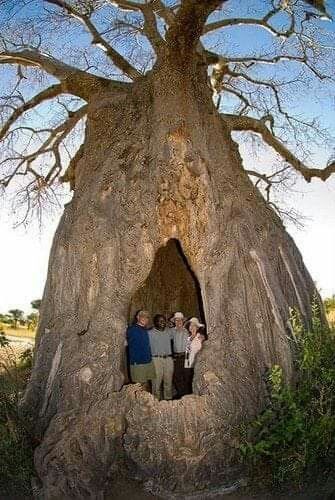
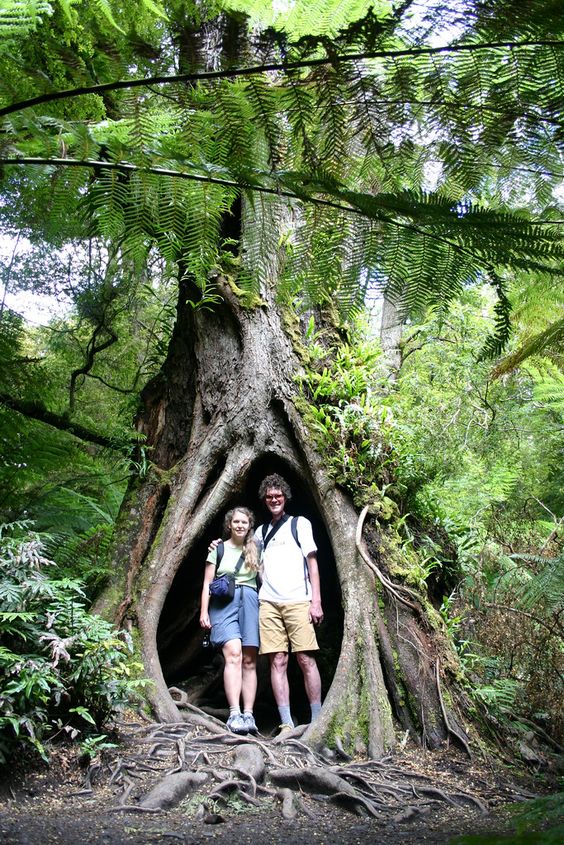
2. Environmental Adaptation:
The ancient trees have learned to adapt to a myriad of environmental challenges. They have weathered changes in climate, fluctuations in temperature, and alterations in soil composition. Their ability to thrive in diverse ecosystems, from dense forests to arid landscapes, showcases their adaptability. Over time, these trees have become integral components of their ecosystems, forming symbiotic relationships with other flora and fauna, which further aids in their survival.
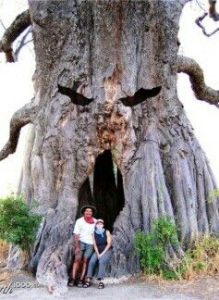
3. Cultural and Ecological Significance:
The cultural and ecological roles played by ancient trees contribute significantly to their enduring existence. In many societies, these trees are revered as symbols of wisdom, strength, and continuity. Communities often establish traditions and rituals around these venerable beings, fostering a sense of stewardship and protection. Ecologically, these trees provide vital habitats for numerous species, creating intricate ecosystems that rely on their presence for balance.
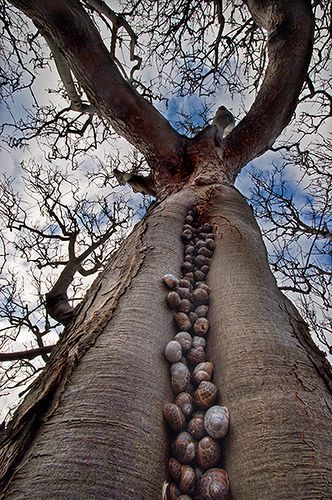
4. Slow Growth and Longevity:
Ancient trees typically exhibit slow growth rates, taking decades or even centuries to reach maturity. This gradual development allows them to invest energy in building durable structures, resistant to decay and disease. Additionally, their long lifespan allows for the accumulation of vast amounts of knowledge encoded within their growth rings, providing a unique historical record of environmental conditions and events.
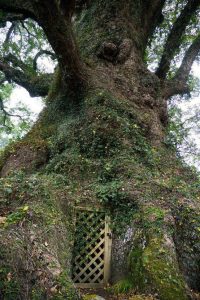
The enduring existence of ancient trees is a testament to the intricate dance between biology, environment, and culture. Their resilience, adaptability, cultural significance, and deliberate pace of growth all contribute to their timelessness. As stewards of our planet, it is crucial to appreciate and protect these ancient sentinels, recognizing the wealth of ecological and cultural value they bring to our world. In doing so, we contribute to the preservation of not just individual trees, but to the rich tapestry of life woven by their enduring presence.
